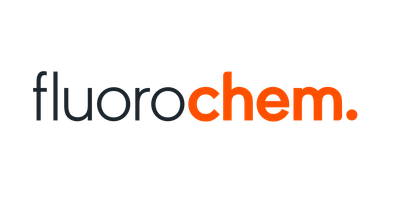Tin(IV) chloride, pentahydrate 98% 500 g
SKU 007518
€ 132,17
In stock
1
Save this product for later
Tin(IV) chloride, pentahydrate 98% 500 g
Product Details
CAS number: 10026-06-9
Chemical formulas: SnCl4 . 5H2O/ F.W. 350.58
Cation: Sn
Packaging: 500 g
EAN: 8721028255921
Brand: Laboratoriumdiscounter
Tin(IV) chloride, pentahydrate is a unique compound used in various industrial applications. With its distinctive properties, this compound serves as a catalyst, reagent, and precursor in chemical reactions. Its pentahydrate form adds versatility and stability to its applications. Discover the exceptional uses and benefits of Tin(IV) chloride, pentahydrate in diverse fields such as pharmaceuticals, electronics, and materials science.
When working with Tin(IV) chloride, pentahydrate, it is important to follow safety precautions to ensure your well-being. Here are some short safety instructions to keep in mind: 1. Personal Protective Equipment (PPE): Always wear appropriate PPE, including safety goggles, gloves, and a lab coat or protective clothing. This will protect your eyes, skin, and clothing from potential hazards. 2. Ventilation: Work in a well-ventilated area or under a fume hood to prevent inhalation of any fumes or vapors. Tin(IV) chloride can release toxic fumes when heated or in contact with water. 3. Handling: Handle the substance with care, avoiding any direct contact with skin or eyes. In case of accidental contact, rinse the affected area with plenty of water for at least 15 minutes and seek medical attention if necessary. 4. Storage: Store Tin(IV) chloride, pentahydrate in a tightly sealed container in a cool, dry place away from incompatible substances. Keep it out of reach of children and unauthorized personnel. 5. Spills and leaks: In case of spills or leaks, contain the material and clean it up promptly. Use appropriate absorbent materials and dispose of them according to local regulations. 6. Reactivity: Tin(IV) chloride, pentahydrate is reactive with water, releasing hydrochloric acid fumes. Avoid contact with water or moisture to prevent the release of hazardous fumes. 7. Fire hazards: Tin(IV) chloride is not flammable, but it can react with combustible materials. Keep it away from open flames, sparks, and heat sources. 8. Emergency procedures: Familiarize yourself with the emergency procedures and the location of safety equipment, such as eyewash stations and fire extinguishers, in case of accidents or spills. Remember, these instructions are not exhaustive, and it is essential to consult the Material Safety Data Sheet (MSDS) and follow the specific guidelines provided by the manufacturer or your institution.
Please note, not all safety data for this product is available on our website, for a complete list of P en H sentences and other safety instructions please request the MSDS at our customer service
You May Also Like
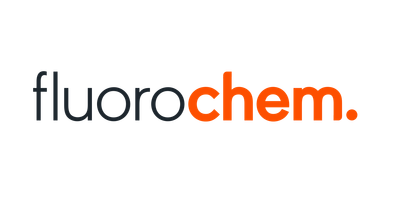
5-Chloro-2-naphthoic acid, 95.0%, 100mg
5-Chloro-2-naphthoic acid, 95.0%, 100mg
SKU F423316-100MG
€ 44,00
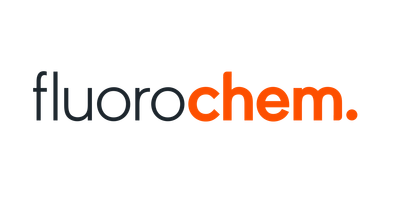
4-Ethoxybenzamidine hydrochloride, 95%, 50mg
4-Ethoxybenzamidine hydrochloride, 95%, 50mg
SKU F551282-50MG
€ 99,00
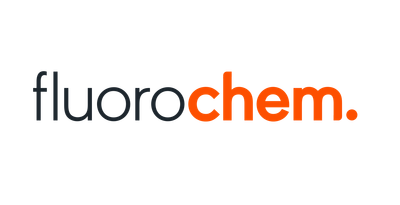
DIBENZYL ETHYNYLPHOSPHONATE, 95.0%, 250mg
DIBENZYL ETHYNYLPHOSPHONATE, 95.0%, 250mg
SKU F506315-250MG
€ 385,00
Powered by Lightspeed
Display prices in:EUR
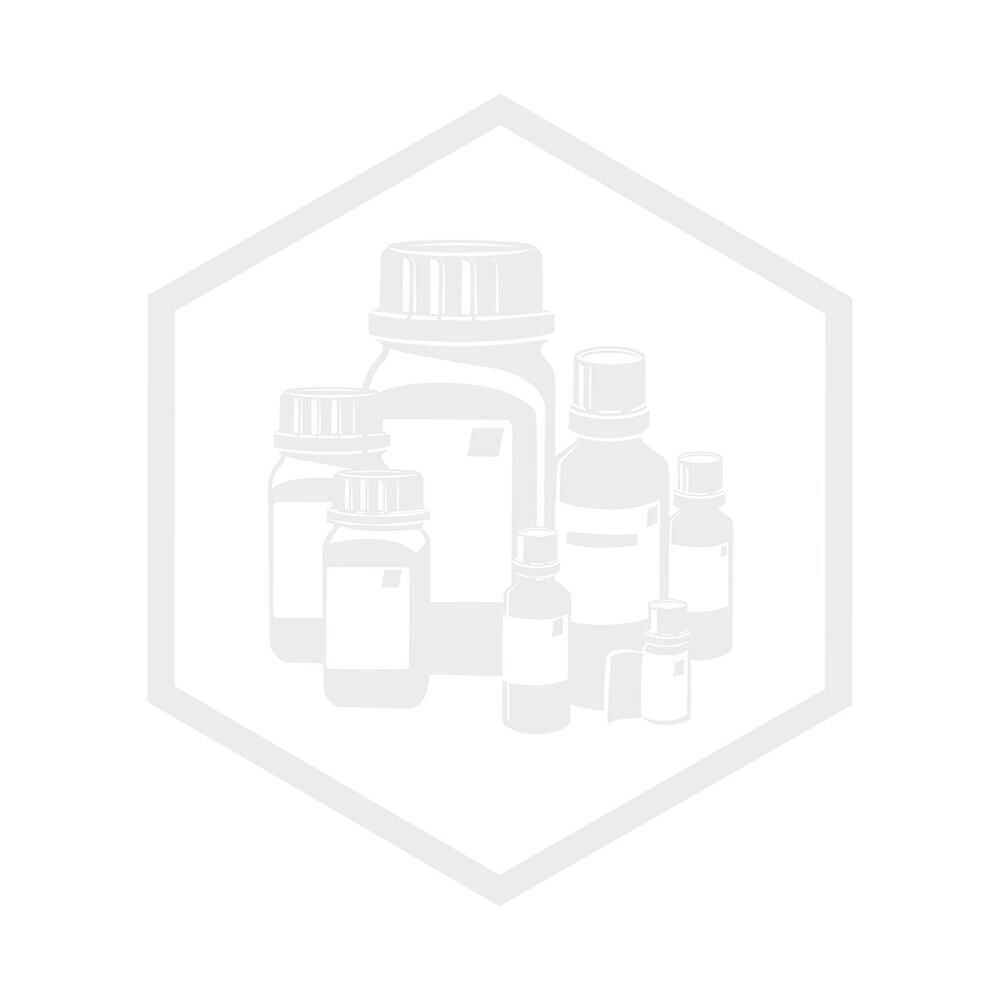
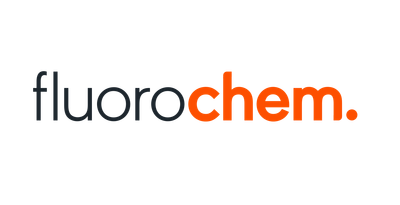
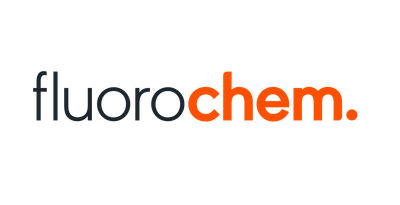
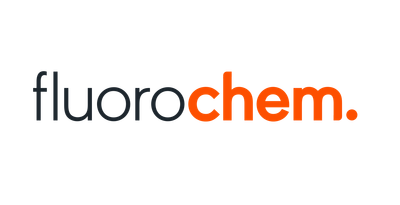
![8-Bromo-3H-pyrido[4,3-d]pyrimidin-4-one, 95.0%, 1g 8-Bromo-3H-pyrido[4,3-d]pyrimidin-4-one, 95.0%, 1g](https://d2j6dbq0eux0bg.cloudfront.net/images/88473019/4782634912.png)
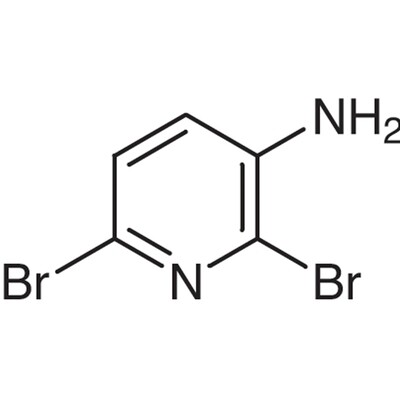
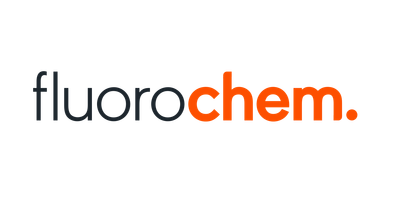
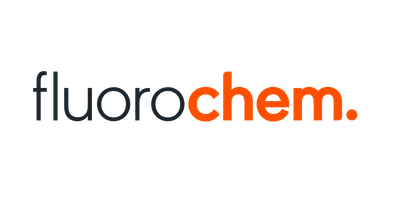
![5,7-dichloro-2H-[1,2,3]triazolo[4,5-b]pyridine, 95%, 1g 5,7-dichloro-2H-[1,2,3]triazolo[4,5-b]pyridine, 95%, 1g](https://d2j6dbq0eux0bg.cloudfront.net/images/88473019/4863998522.png)
